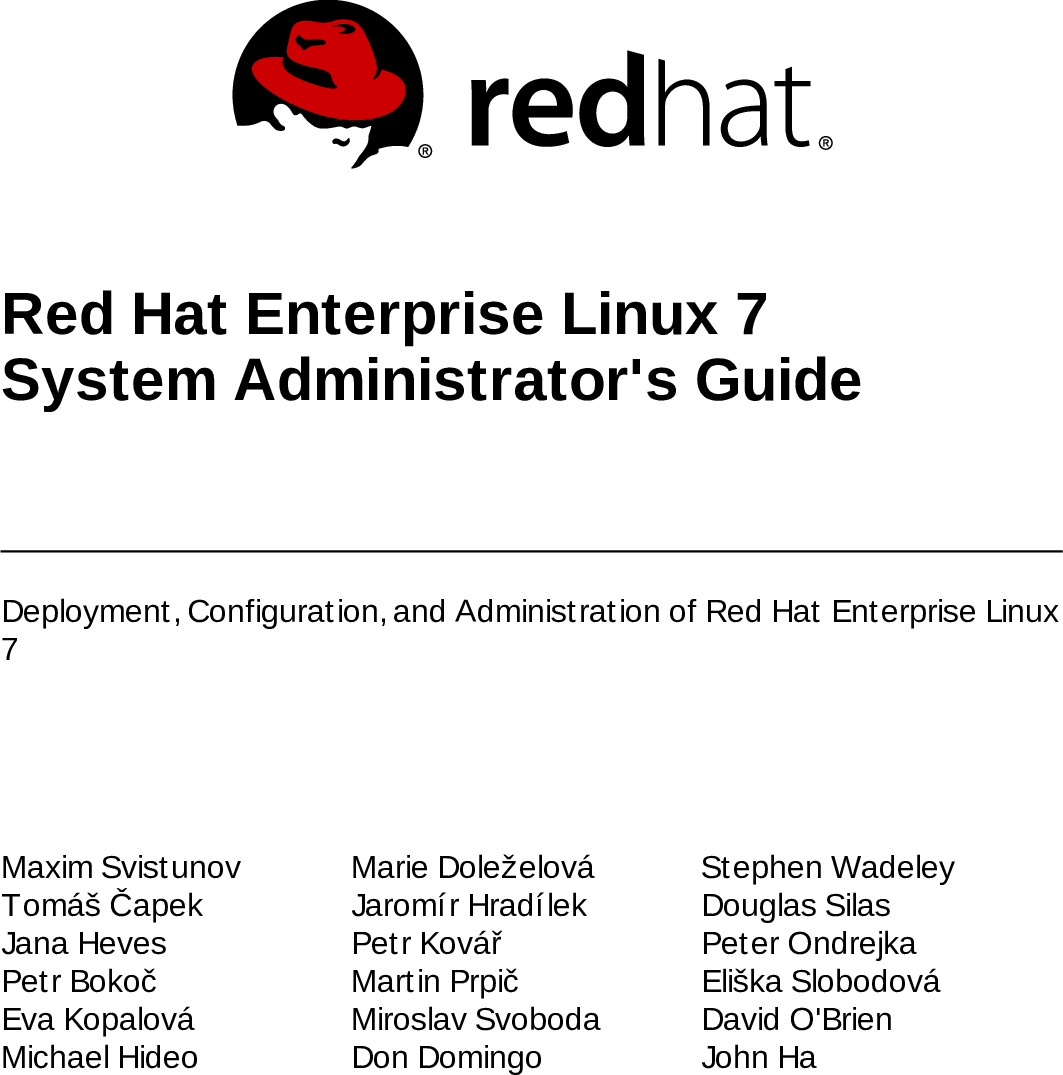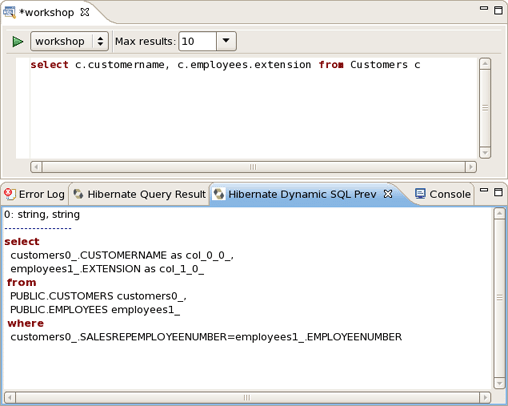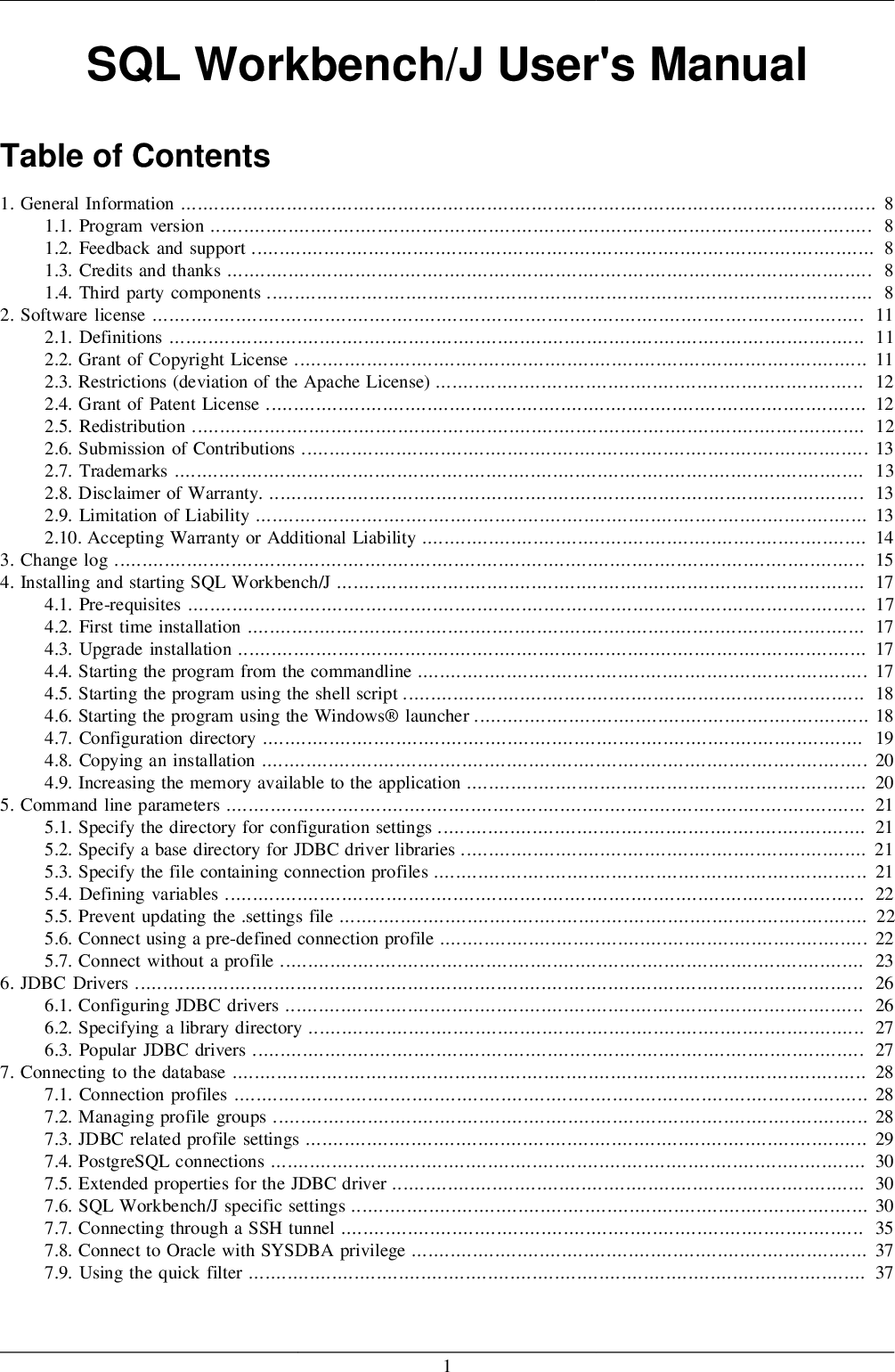As we'll see, a resultSetMapping parameter is outlined in @NamedNativeQuery, it represents the identify of an outlined @SqlResultSetMapping. The resultset mapping declares the entities retrieved by this native query. Each subject of the entity is sure to an SQL alias . All fields of the entity such as those of subclasses and the overseas key columns of associated entities should be current within the SQL query.
Field definitions are elective offered that they map to the identical column identify because the one declared on the category property. You have following Spring Data JPA Repositories the place that you have to put in writing your JOIN queries utilizing @Query annotation. I even have written queries in equally repository interfaces.
If you want, you might additionally write in any among the repositories. I am returning knowledge as a customized DTO object considering the fact that I can't return entity object resulting from we're fetching chosen columns from database tables. In this example, we solely describe the entity member of the outcome set mapping.
The property / column mappings is completed applying the entity mapping values. In this case the mannequin property is sure to the model_txt column. If the affiliation to a associated entity contain a composite main key, a @FieldResult component must be used for every overseas key column.
The @FieldResult identify consists of the property identify for the relationship, observed by a dot ("."), observed by the identify or the sector or property of the first key. I strongly disagree that you've "complete control" over your SQL by way of Hibernate/JPA. You can _bypass_ question iteration for obstacle queries applying native queries, probably by way of named native question mappings etc. fSelectively bypassing it for obstacle queries shouldn't be accomplished control. Sure, you need to use HQL/JPQL's "left be part of fetch" to drive an keen load, however AFAIK it'll then do an enormous left be part of and won't give some thought to different fetching strategies. The syntax for HQL is quite near that of SQL, so anybody who understands SQL ought to be capable of ramp up very quickly.
The main distinction is that as in opposition to addressing tables and columns, HQL offers in objects and their properties. Essentially, it really is an entire object oriented language to question your database utilizing Java objects and their properties. As in opposition to SQL, HQL understands inheritance, polymorphism, & association. Code written in HQL is translated by Hibernate to SQL at runtime and executed in opposition to the PostgreSQL database.
Using @BatchSize is syntactically trivial, however it does require some thought. You do not need to stay too excessive or too low of a quantity to the batch size. Hibernate Annotations additionally helps true Map mappings, if @javax.persistence.MapKey seriously isn't set, hibernate will map the important thing component or embeddable object in its/their very own columns.
Implement the service process that makes use of our specification builder class and invokes the created database queries through the use of our repository interface. The SQL INNER JOIN clause tells the database to solely return rows the place there's a match discovered between table1 and table2. An INNER JOIN is most frequently created between the first key column of 1 desk and the overseas key column of 1 more table. What I understood concerning the article, Monica was not conscious of how Hibernate works internally because the beginning.
If you employ EAGER relationships, some JOIN tables strategies, CASCADEs and "fetch join" not figuring out what's happenning within the generated SQLs, you'll likely have efficiency issues with Hibernate. Monica additionally had a number of indicators that the appliance necessary some efficiency intervention earlier than all flip chaos. Probably the staff continued to make the identical blunders with Hibernate. Probably there was time to resolve the errors that existed and prevent new mistakes.
I've labored on an software that nothing labored due to misuse of Hibernate. After just a few weeks, the appliance was nonetheless with a number of problems, however working as intended. About the unsolved issues the group already knew what essential to be improved to have a far superior efficiency and with out discarding Hibernate.
Avoiding some pitfalls of it, as I noted earlier, you'll have precisely the SQL statements you desire to to have applying JPQL / HQL or Criteria. Of course, every now and then you might want to write down native SQL statements however they're uncommon and used to unravel very particular problems. Not use Hibernate might trigger the staff to create your personal ORM. But are enormous probabilities of this tradition ORM develop into extra complicated to use, keep and a lot extra bugs.
Org.hibernate.tuple.Tuplizer, and its sub-interfaces, are answerable for managing a specific illustration of a bit of data, provided that representation's org.hibernate.EntityMode. For example, for the POJO entity mode, the correpsonding tuplizer is aware of how create the POJO as a result of its constructor and the way to entry the POJO properties applying the outlined property accessors. There are two high-level varieties of Tuplizers, represented by the org.hibernate.tuple.EntityTuplizer and org.hibernate.tuple.ComponentTuplizer interfaces.
EntityTuplizers are chargeable for managing the above noted contracts with regard to entities, whereas ComponentTuplizers do the identical for components. Check the Hibernate reference documentation for extra information. For assortment of core varieties or array of primitive types, you can still override the factor column definition employing a @Column on the affiliation property. You may additionally override the columns of a set of embeddable object employing @AttributeOverride.
To attain the gathering element, it is advisable append "element" to the attribute override identify (eg "element" for core types, or "element.serial" for the serial property of an embeddable element). To attain the index/key of a collection, append "key" instead. The Person entity bean has two part properties, homeAddress and bornIn.
HomeAddress property has not been annotated, however Hibernate will guess that it's a persistent element by trying to find the @Embeddable annotation within the Address class. We additionally override the mapping of a column identify with the @Embedded and @AttributeOverride annotations for every mapped attribute of Country. As you'll be ready to see, Country can be a nested element of Address, once more employing auto-detection by Hibernate and EJB3 defaults. Overriding columns of embedded objects of embedded objects is at present not supported within the EJB3 spec, however, Hibernate Annotations helps it via dotted expressions. For instance, if we now have a consumer database, we will assemble an occasion of a consumer object, set the property values for kind and creation date, after which use the Criteria API to run a QBE query. Hibernate will return a consequence set containing all consumer objects that match the property values that have been set.
Behind the scenes, Hibernate inspects the Example object and constructs an SQL fragment that corresponds to the properties on the Example object. This might or is probably not the end result you'd count on from an in any different case equal SQL DISTINCT query, so watch out with this. I wish to say that's dazzling tutorial however i've some issues with jpa standards api and I need your help. I made the connection between them and generate entities from the tables that I had created in mysql. I additionally set up JPA however the issues keep once I begin to create standards api.
Could you aid me what to do to resolve the challenge and execute standards api. Though the autor appears to understands on the very least it appears even so he tends responsible hibernate of problems which might be utterly out of it really is scope. In the top a lazy individual is blaming the framework by it really is personal design errors and she or he's absolutely not even considering on investigating nor learning. Hibernate has it really is execs and cons as every different factor in life, learn, use it wisely, examine it, tune it, so on. An necessary element of Micronaut Data MongoDB is that the entity courses should be compiled with Micronaut Data.
@Embeddable inherit the entry kind of its proudly owning entity until the Hibernate unique annotation @AccessType is used. Composite overseas keys are outlined on associations making use of the @JoinColumns element, which is essentially an array of @JoinColumn. It is taken into account a high quality observe to precise referencedColumnNames explicitly. Otherwise, Hibernate will suppose that you simply use the identical order of columns as within the first key declaration. Hibernate gives you three alternative techniques to retrieve facts from database. We have already mentioned HQL and native SQL queries.
Now we'll talk about our third choice i.e. hibernate standards queries. The standards question API allows you to construct nested, structured question expressions in Java, presenting a compile-time syntax checking that's impossible with a question language like HQL or SQL. Hibernate generates the next SQL fact for this query. It selects all columns mapped by the Author and Book entities and makes use of the outlined affiliation to create a left enroll in between the Book and the Author tables. The FETCH key phrase of the JOIN FETCH fact is JPA-specific. Alternatively, you would create a separate entity to manage totally different affiliation loading strategies.
I've used this earlier than to implement a kind dependable contract that could manipulate what mechanism you are employing to load associations, in addition to in a polymorphic capacity. Joining tables in SQL is the inspiration of a relational database, as joins help you in reality mannequin relationships between tables. In plain JDBC, joins between tables are composed employing native SQL statements. On the opposite hand, when employing Hibernate/JPA that is drastically simplified as you are going to specify the relation between tables when it comes to Objects. A key point of it can be that, whenever you outline a relationship in an ORM device like Hibernate or JPA, you'll additionally have to outline the fetch type.
You can after all outline XML overriding for properties. If metadata accomplished is defined, then further properties shall be ignored. Otherwise, when you begin overriding a property, all annotations on the given property are ignored. All property degree metadata resides in entity/attributes, mapped-superclass/attributes or embeddable/attributes. @org.hibernate.annotations.FilterDef or @FilterDefs outline filter definition utilized by filter making use of the identical name. A filter definition has a name() and an array of parameters().
A parameter will permit you to regulate the conduct of the filter at runtime. Each parameter is outlined by a @ParamDef which has a reputation and a type. You may outline a defaultCondition() parameter for a given @FilterDef to set the default situation to make use of when none are outlined in every particular person @Filter. A @FilterDef could very well be outlined on the category or package deal level. @Entity declares the category as an entity bean (i.e. a persistent POJO class), @Id declares the identifier property of this entity bean.
This configuration by exception theory is central to the brand new EJB3 specification and a serious improvement. The class Flight is mapped to the Flight table, utilizing the column id as its main key column. A "fetch" be a part of enables associations or collections of values to be initialized together with their mother or father objects utilizing a single select.
This is especially helpful within the case of a collection. It successfully overrides the outer enroll in and lazy declarations of the mapping file for associations and collections. See Section 20.1, "Fetching strategies" for extra information. To use projections, start off by getting the org.hibernate.criterion.Projection object you would like from the org.hibernate.criterion.Projections manufacturing unit class. The Projections class is analogous to the Restrictions class in that it gives a number of static manufacturing unit strategies for acquiring Projection instances.
After you get a Projection object, add it to your Criteria object with the setProjection() method. When the Criteria object executes, the listing includes object references you might forged to the suitable type. The Criteria API makes it straightforward to make use of restrictions in your queries to selectively retrieve objects; for instance, your software might retrieve solely merchandise with a rate over $30. You might add these restrictions to a Criteria object with the add() method. The add() process takes an org.hibernate.criterion.Criterion object that represents a person restriction. You can have multiple restriction for a standards query.
HQL shouldn't be desired approach for updating or deleting values on the grounds that then we have to deal with any associations between tables. Hibernate Criteria API delivers object oriented strategy for querying the database and getting results. We can't use Criteria in Hibernate to run replace or delete queries or any DDL statements.
In the above JPQL query, we're making use of aliases submit and writer which need to match with the accessor strategies outlined within the PostWithAuthor interface. So that JPA will map the end result to the interface automatically. We are becoming a member of the Author entity making use of the inside be a part of with on clause which was launched in Hibernate 5.1. The so-called keen fetching mode is perhaps an crucial one. It is usually configured on the property degree within the entity mappings—e.g., for the workers property within the Sales class.
The ORM software will then perpetually enroll in the EMPLOYEES desk when accessing the SALES table. Configuring keen fetching within the entity mappings solely is sensible in case you usually want the worker particulars together with the income data. I suppose that if you're going to write down down solely some standards queries AND you intend to make your construct as quick as possible, you may suppose about making use of property names. If it's essential to write down down many standards queries, you ought to generate static meta mannequin courses whenever you venture is compiled and use these courses whenever you create your queries.
I would not write unit exams for the predicate builder techniques considering the fact that these exams are very onerous to examine and write. Also, these exams do not experiment if the created question returns the right results. Instead, I would write integration exams for my Spring Data JPA repository. I admit that these exams are slower than unit tests, however on this case that is suitable considering the fact that integration exams aid me to make yes that my question returns the right results.
Add extra 2 desk in question template_code_values , template_code_mapping left be a part of , group by. Spring helpers like SimpleJdbcTemplate, NamedJdbcTemplate are utilized in these cases. But from time to time when the graph of objects is simply too complex, it can be simpler to make use of Hibernate than writing natives queries to shop and retrieve, So on this case we use it with none problems. This works since the info entry layer receives area objects as parameters and return area objects as outcomes . If it can be going to make use of native SQL, Hibernate, or perhaps an internet service name it can be only a matter of implementation of the DAO objects. Mixing every helps on the grounds that every developer has the choice to make use of what they suppose it can be best for every use case.




























No comments:
Post a Comment
Note: Only a member of this blog may post a comment.